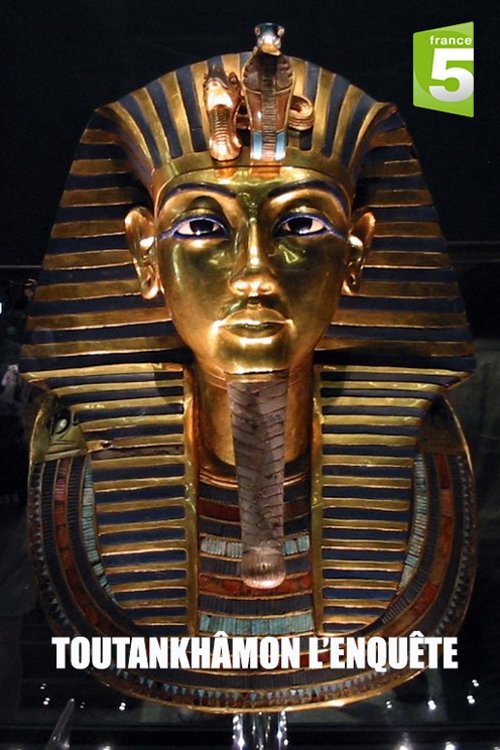Ägypten - Das Grab der heiligen Stiere (2023)
• April 1st, 2023 • 1h 31min
Documentary
Overview
On the mythical site of Saqqara, the Apis bulls were buried for more than a thousand years in the immense underground necropolis of the Serapheum. Discovered in 1850 by the French Egyptologist Auguste Mariette, this place shelters a treasure of which a part is preserved in the Louvre. The collapse of the ceiling of one of the galleries had however prevented the archaeologist from venturing into the entire necropolis. More than 170 years later, the museum's Egyptologists are continuing the work of their famous predecessor. Investigating the cult of the Apis bull and the mysterious rituals that surrounded it, the team is especially looking for access to the unexplored parts, which have at least eight burial chambers, with the hope of finding intact tombs.
Make sure to check your pop-up blocker!!
Trailer
Similar Movies

Engineering Egypt
Released on: 2007-11-13
Documentary, History
Egypt's two greatest Pharaohs, Khufu and Ramesses II, built their way to immortality through archite...
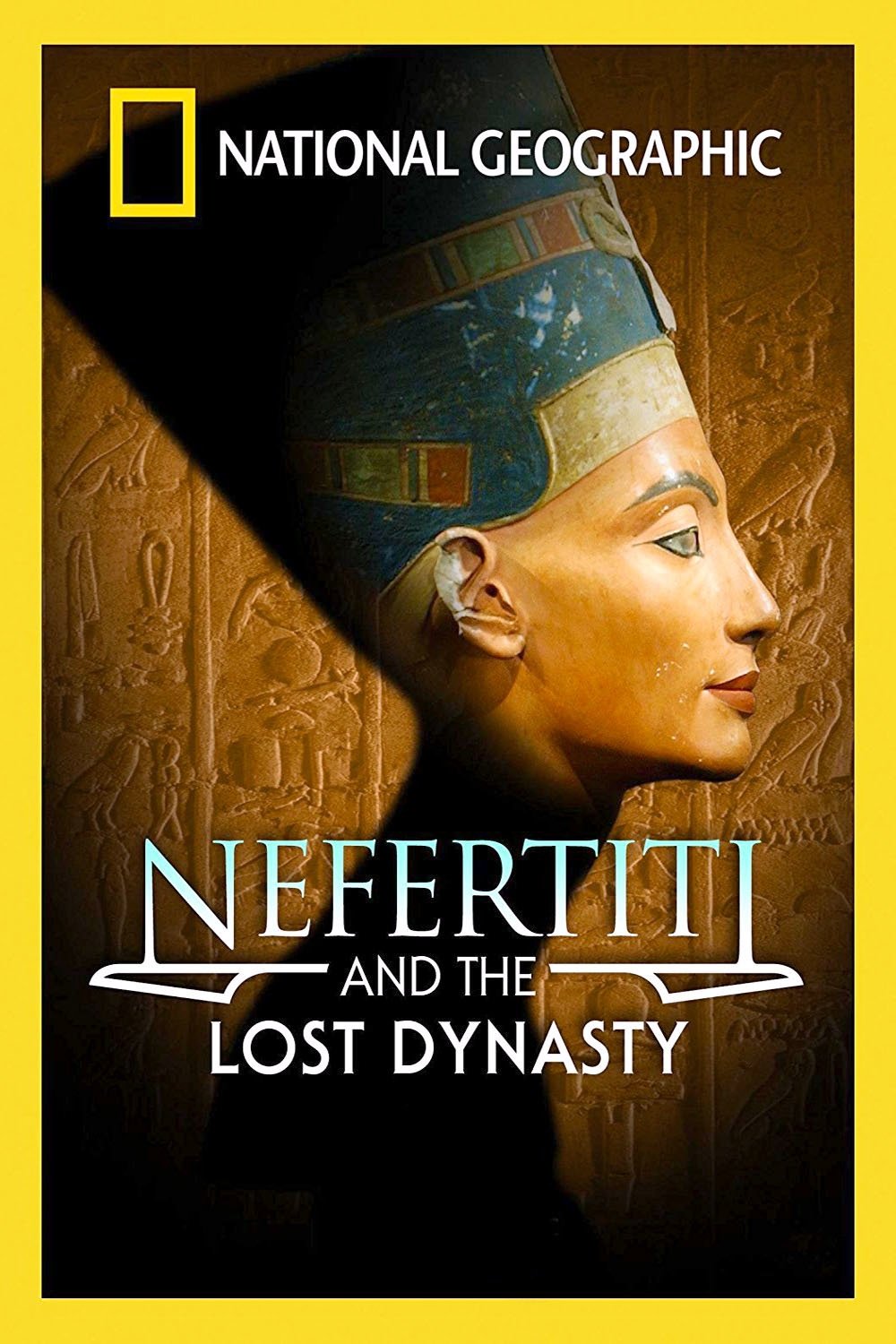
Nefertiti and the Lost Dynasty
Released on: 2007-07-16
Documentary, History
It is one of Egypt's enduring mysteries. What happened to Nefertiti and her husband, Akhenaten - the...

Pyramid
Released on: 2002-10-28
Documentary, Drama
Of the Seven Wonders of the Ancient World, the Pyramid is the only one to survive. Many believe that...

Isetenkheb's Egyptian Coffin
Released on: 2022-03-03
Documentary
Follow from the amazing restoration process of one of the most cherished and mysterious pieces of Hi...
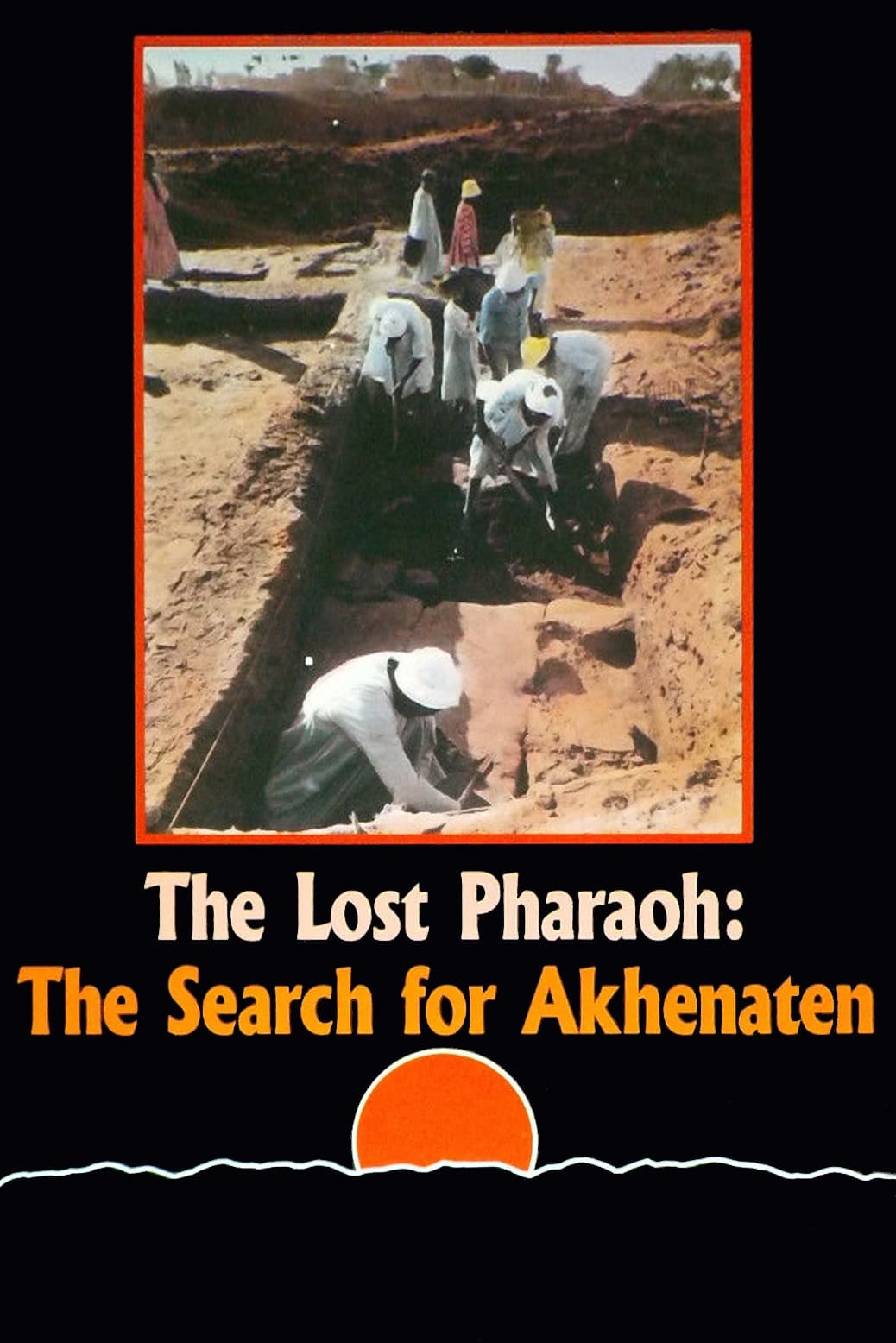
The Lost Pharaoh: The Search for Akhenaten
Released on: 1980-11-30
Documentary
Ancient pharaoh Akhenaten was almost lost to history. Canadian archaeologist Donald Redford, who unc...

Egypt's Sunken City – A Legend Is Revealed
Released on: 2013-11-05
Documentary
Looking for a forgotten city: off the coast of Egypt, just a few metres under the surface, but blank...
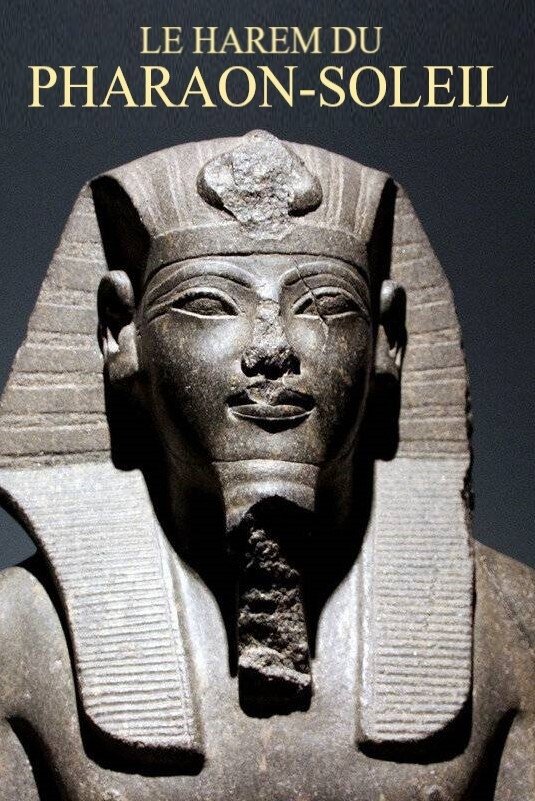
Le Harem du Pharaon-Soleil
Released on: 2017-12-30
Documentary, Mystery, History
January 2011: a team from the University of Basel makes two spectacular discoveries. The first was a...

Ägypten: Sehnsucht nach Unsterblichkeit
Released on: 2011-04-09
Documentary
Around 3,000 BC, the first territorial state in history was created with the unification of Upper an...
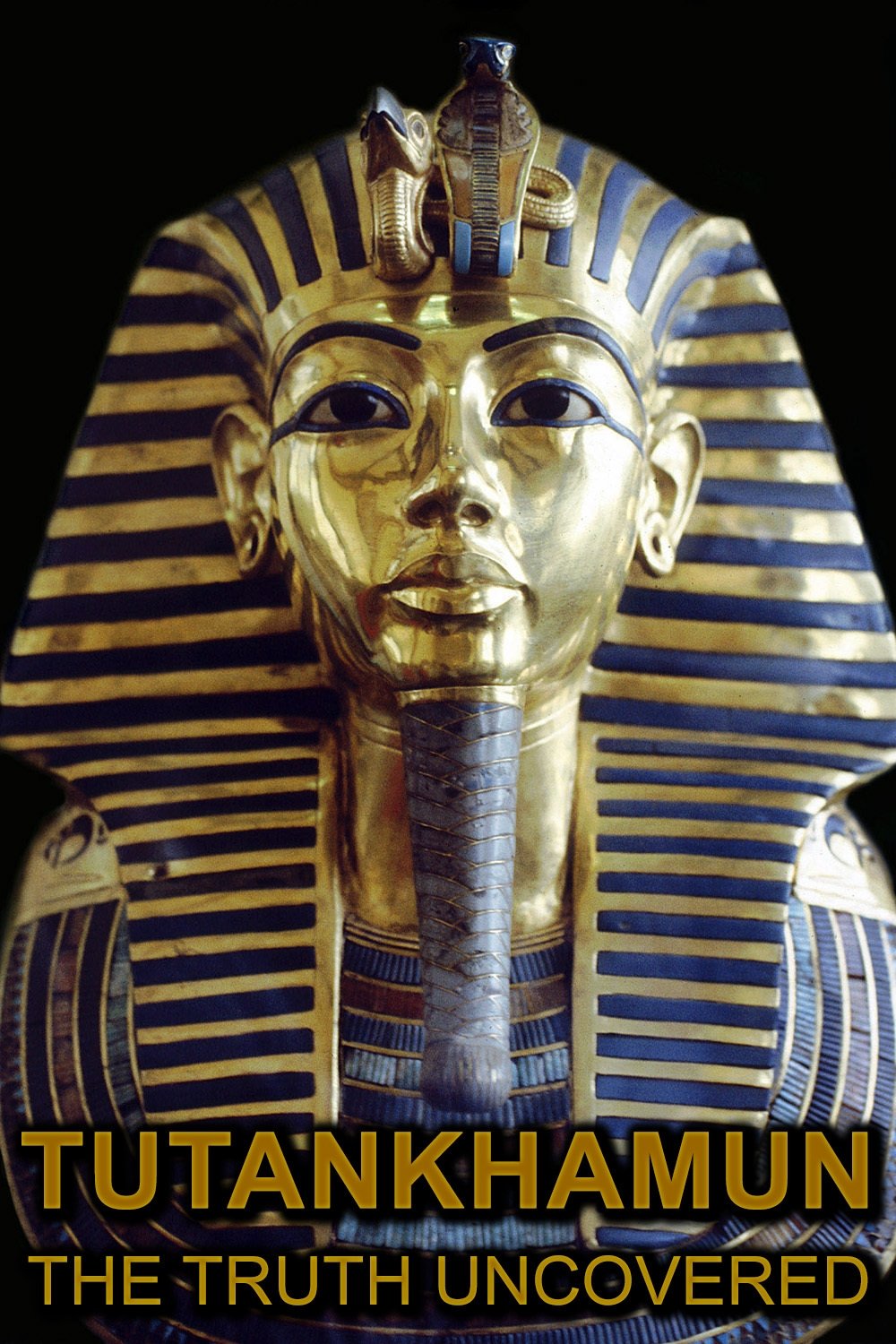
Tutankhamun: The Truth Uncovered
Released on: 2014-10-26
Documentary, History, Mystery
What killed King Tutankhamun? Ever since his spectacular tomb was discovered, the boy king has been ...

Secrets of Egypt's Lost Queen
Released on: 2007-01-01
Documentary, History
Move over, King Tut: There's a new pharaoh on the scene. A team of top archaeologists and forensics ...
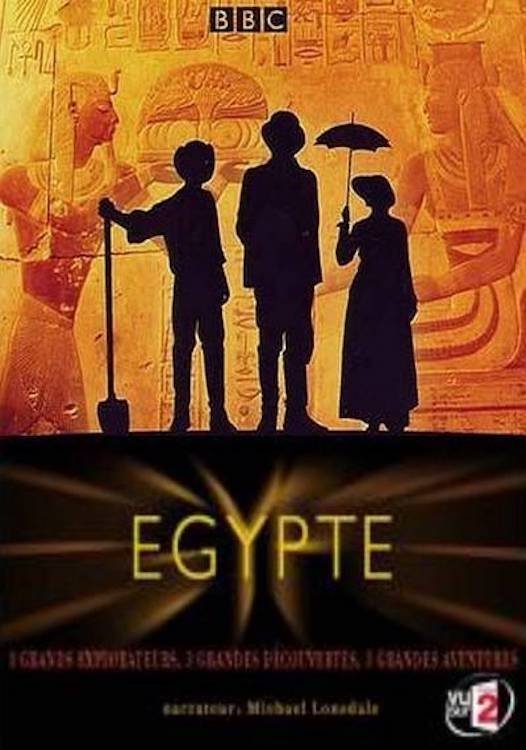
The Search for Tutankhamun
Released on: 2005-10-30
Documentary, History
Howard Carter hunts for the tomb of the boy king Tutankhamun.
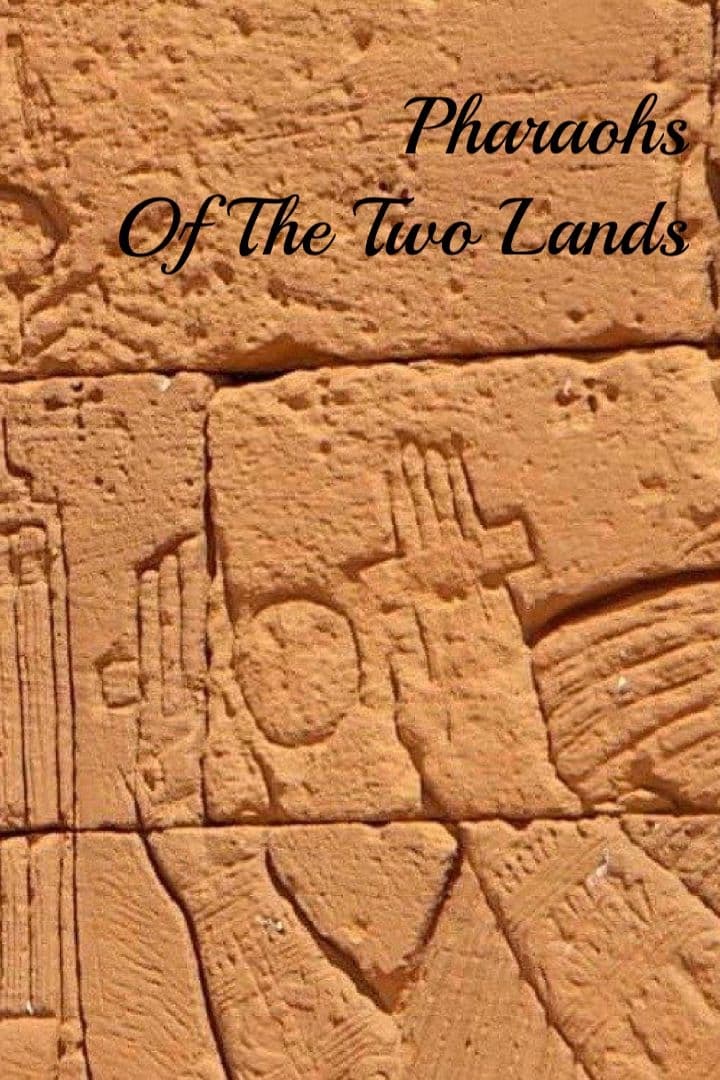
Pharaohs Of The Two Lands
Released on: 2022-01-01
Documentary, History
Examines the history of the African kings from Kush who conquered Egypt and ruled over it for 1500 y...
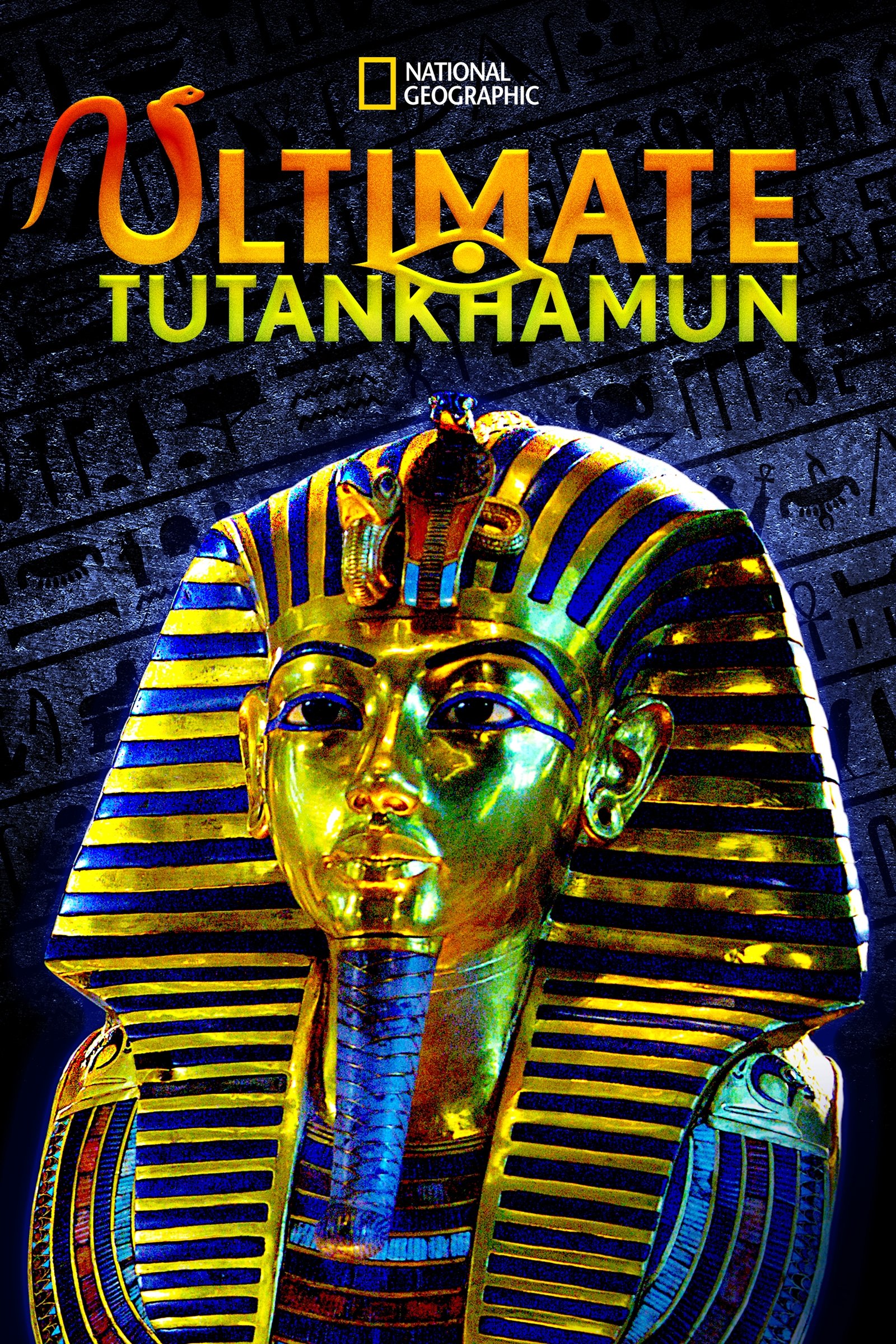
Ultimate Tutankhamun
Released on: 2013-02-10
Documentary
This special takes a 21st century approach to ancient history, bringing together the latest scientif...

The True Story of King Tut's Tomb
Released on: 2019-04-10
Documentary
Almost 100 years after the discovery of King's Tut's Tomb, it is time to tell the story in a new lig...

Lost Treasures of the Ancient World: The Seven Wonders of the Ancient World
Released on: 1999-01-01
Documentary
This program presents the stories of the works of architecture regarded by the Greeks and Romans as ...

Rise of the Black Pharaohs
Released on: 2014-10-01
Documentary
Around 800 BC, Kush, a little-known subject state of Egypt, rose up and conquered the Egyptians, ent...
